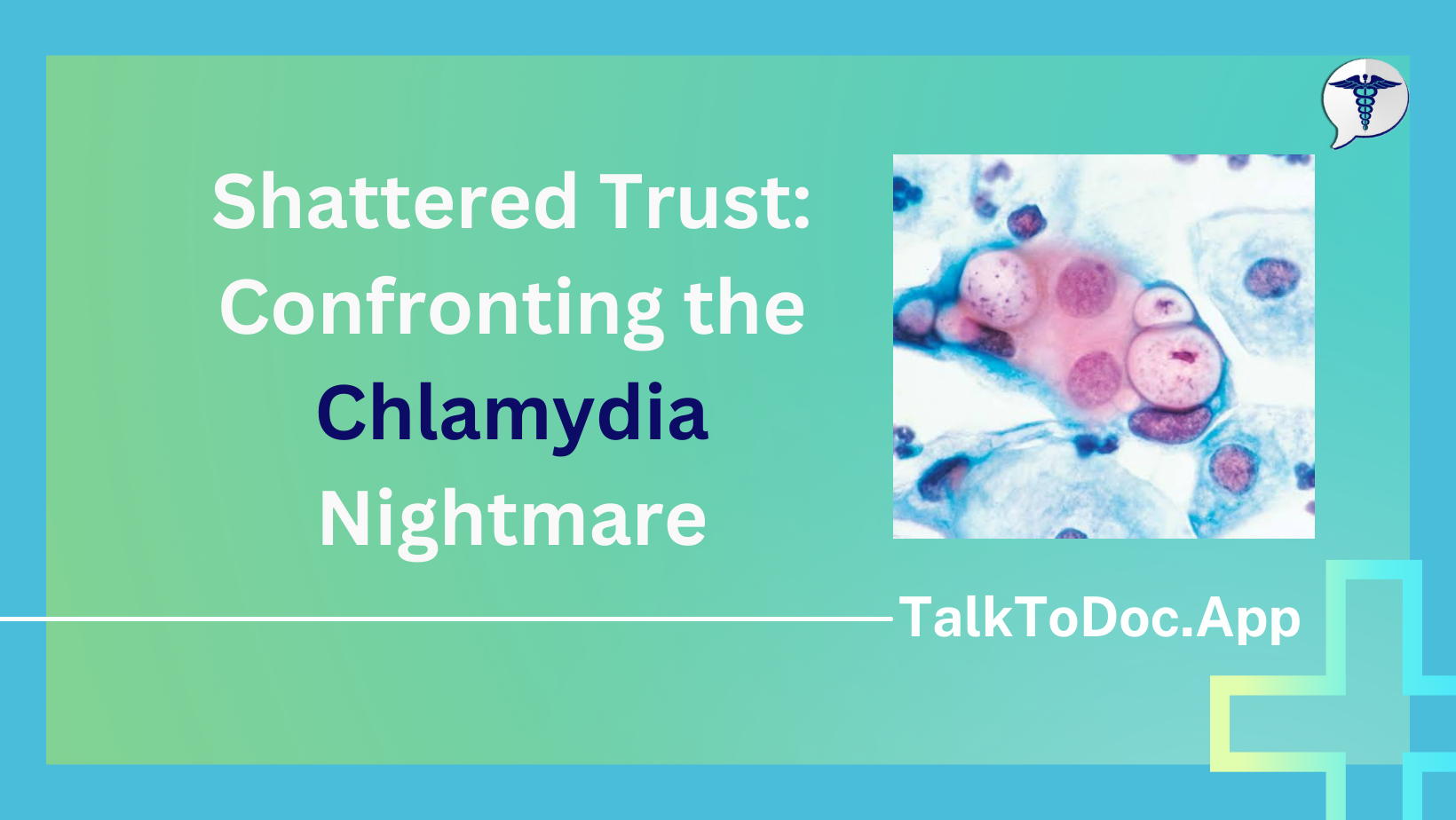Introduction
Chlamydia is one of the most common sexually transmitted infections (STIs) worldwide. It is caused by the bacterium Chlamydia trachomatis and can affect both men and women. Chlamydia often goes undiagnosed as it may not cause noticeable symptoms in its early stages. However, if left untreated, it can lead to serious complications. In this article, we will explore the risk factors, causes, types, signs and symptoms, investigations, treatment, prevention, and lifestyle changes associated with Chlamydia, as outlined by the World Health Organization (WHO).
Risk Factors
Certain factors can increase the risk of contracting Chlamydia, including:
- Multiple sexual partners: Having multiple sexual partners increases the risk of exposure to Chlamydia and other STIs.
- Unprotected sex: Engaging in sexual activities without using barrier methods such as condoms can increase the chances of infection.
- Young age: Adolescents and young adults are more susceptible to Chlamydia due to various factors, including lack of awareness and inconsistent condom use.
- History of STIs: Individuals who have had previous STIs are at higher risk of contracting Chlamydia.
- Sexually active individuals: Being sexually active, especially with new or multiple partners, increases the likelihood of Chlamydia transmission.
Causes and Types
Chlamydia is caused by the bacterium Chlamydia trachomatis, which is primarily transmitted through sexual contact. The infection can be divided into the following types:
- Genital Chlamydia: This is the most common type and affects the genital area, including the cervix, urethra, rectum, and occasionally the throat or eyes.
- Ocular Chlamydia: Also known as trachoma, this type affects the eyes and can lead to vision impairment or blindness if left untreated.
- Neonatal Chlamydia: Infants born to mothers with untreated Chlamydia can acquire the infection during childbirth, resulting in eye or lung infections.
Signs and Symptoms
Chlamydia often presents with mild or no symptoms, making it challenging to detect. However, when symptoms do occur, they may include:
- Abnormal vaginal or penile discharge
- Pain or discomfort during urination
- Painful intercourse
- Lower abdominal pain in women
- Testicular pain or swelling in men
Investigations
To diagnose Chlamydia, healthcare professionals may perform the following investigations:
- Nucleic acid amplification tests (NAATs): These tests can detect the presence of Chlamydia DNA or RNA in urine, swab samples, or self-collected vaginal specimens.
- Cell culture: This involves growing the bacteria in a laboratory setting to confirm the infection.
- Microscopy: Microscopic examination of stained samples to detect the presence of Chlamydia organisms.
Treatment
Chlamydia can be effectively treated with antibiotics. The WHO recommends the use of antibiotics such as azithromycin or doxycycline as first-line treatments. It is important to complete the full course of antibiotics, even if symptoms subside before completion. Prompt treatment helps to reduce the risk of complications and further transmission.
Prevention
- Safe sexual practices: Using condoms correctly and consistently during sexual activity can significantly reduce the risk of Chlamydia transmission.
- Regular testing: Individuals who are sexually active, especially those with multiple partners, should undergo regular STI screenings, including Chlamydia testing.
- Partner notification: If diagnosed with Chlamydia, it is crucial to inform sexual partners so that they can seek testing and treatment as well.
- Vaccination: Although no vaccine for Chlamydia is currently available, ongoing research aims to develop one in the future.
Lifestyle Changes
Adopting certain lifestyle changes can help prevent Chlamydia and other STIs:
- Open communication: Discussing sexual health and history with partners promotes safer sexual practices and encourages testing.
- Limiting sexual partners: Reducing the number of sexual partners can decrease the risk of exposure to Chlamydia and other STIs.
- Regular check-ups: Routine visits to healthcare providers for STI screenings contribute to early detection and timely treatment.
Conclusion
Chlamydia is a common STI that can have serious consequences if left untreated. Understanding the risk factors, causes, types, signs and symptoms, investigations, treatment, prevention, and lifestyle changes associated with Chlamydia is essential for promoting sexual health and preventing the spread of this infection. Following the guidelines set forth by the World Health Organization can contribute to reducing the burden of Chlamydia and improving overall public health.
